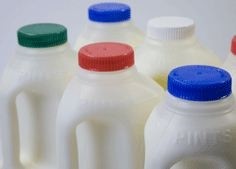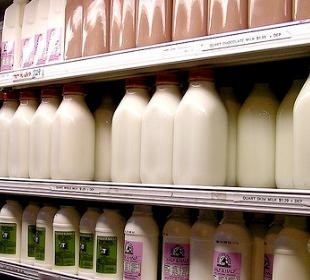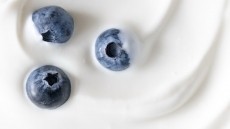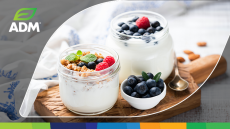DAIRYREPORTER.COM SPECIAL: DRIVING UP QUALITY, DRIVING DOWN COST
'No magic ingredient': Ensuring healthier dairy launches don't suffer a quality slide
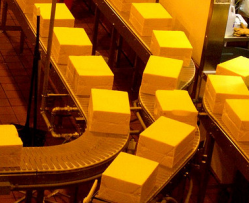
Increasing or at least maintaining – given the pressure to cut sugar, salt and fat levels – the stability of dairy products can improve quality, shelf life and lessen the chance of foodborne illness, thus driving down costs across the supply chain - for processors, retailers and end consumers.
Dr Gail Betts, manager of the microbiology and spoilage section at globally renowned food and drink R&D organization, Campden BRI, told DairyReporter.com that food preservation generally relies on applying a few tried and test ingredients and processes.
These include sugar, salt, preservatives, a low pH and the application of a heat or non-thermal process, she said.
“But currently, many traditional products manufactured using this approach are being reformulated to reduce or remove the levels of salts and sugars to make ‘healthier’ products. The dairy industry is facing this challenge along with other sectors,” Betts explained.
‘Shelf life could be shortened…’
Traditional preservation techniques included heat inactivation for pasteurized milks and creams, Betts said, while a fermentation process to reduce pH levels in yogurts and cheeses and dairy desserts often contained added sugar to reduce product water activity.
“If products are reformulated to remove these ingredients then the microbiological stability could be compromised and the shelf life could be shortened,” she warned.
Taking the example of cheese products – included within UK government targets for salt reduction in manufactured foods – Betts said the recommendation was to cut levels in processed cheese and soft cheeses by around 30%, and to reduce salt content in margarines and spreads by up to 25%, compared to 2010 levels.
Betts added that manufacturers needed to consider the effects of such changes on product safety, but stressed that there was “no magic ingredient to counteract these changes and any reformulated product cannot be expected to retain all the preservative attributes of the traditional product”.
To maintain product shelf life, Betts said that non-thermal processes such as high-pressure homogenization, continuous flow UV, pulsed electric field treatment or micro-filtration of milk prior to its use in dairy products “might achieve the desired microbial inactivation without all the thermal effects caused by high pasteurization temperatures”.
“High pressure treatment of cheese or yogurts has been shown to have the potential for extending the shelf-life while maintaining a high quality product,” she added.
Pulsed light promise
Pulsed light also held potential for treating the surfaces of cheese products, Betts said, while newer techniques such as cold plasma treatment “may also have applications subject to addressing any legal constraints”.
For water-in-oil products like butters, spreads and margarines, Betts said that slight changes in the manufacturing process could be used to optimise the size and distribution of the water droplets, with smaller droplet sizes more stable and possessive of better anti-Listeria properties.
“For margarines, 50% of the total water volume should be in droplets with diameters <3µm [micrometers], whilst at the same time <5% of the water volume should be in droplets with diameters >10µm,” Betts said.
She noted that a water droplet diameter of 10µm was regarded as the minimum for bacteria such as L. monocytogenes to physically grow.
European producers of margarine were only legally allowed to add sorbic acid and sorbates to help product stability (under EU food additive regulations: Commission Regulation No.1129/2011 amending Annex 2 to Regulation No.1333/2008) Betts said, while butter manufacturers can only add salt
“It is crucial that any reformulation or change in manufacturing process is assessed using a scientifically valid challenge test or shelf-life study. As always, any changes should also trigger a thorough review of the product’s HACCP [Hazard Analysis and Critical Control Points] plan,” she added.
